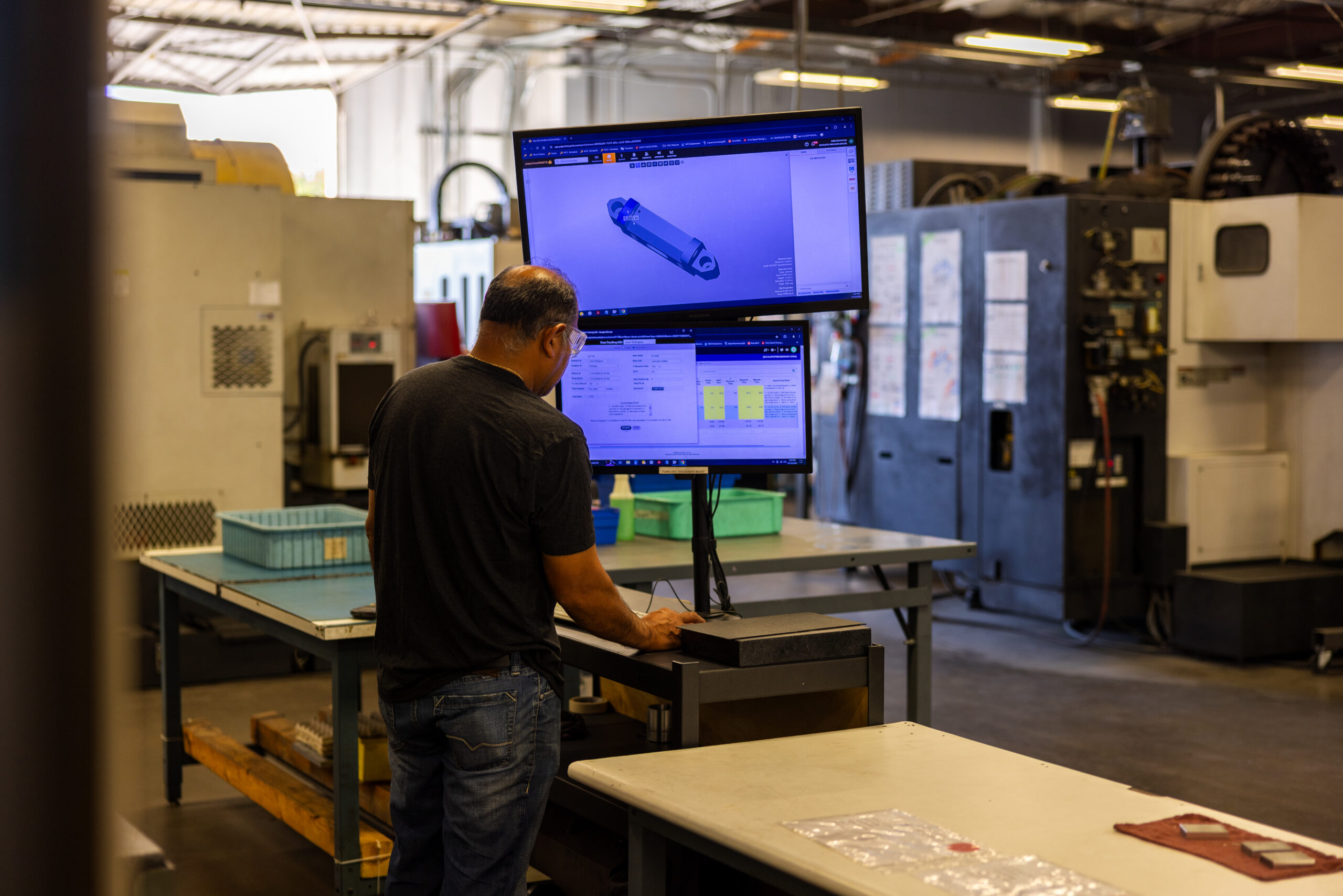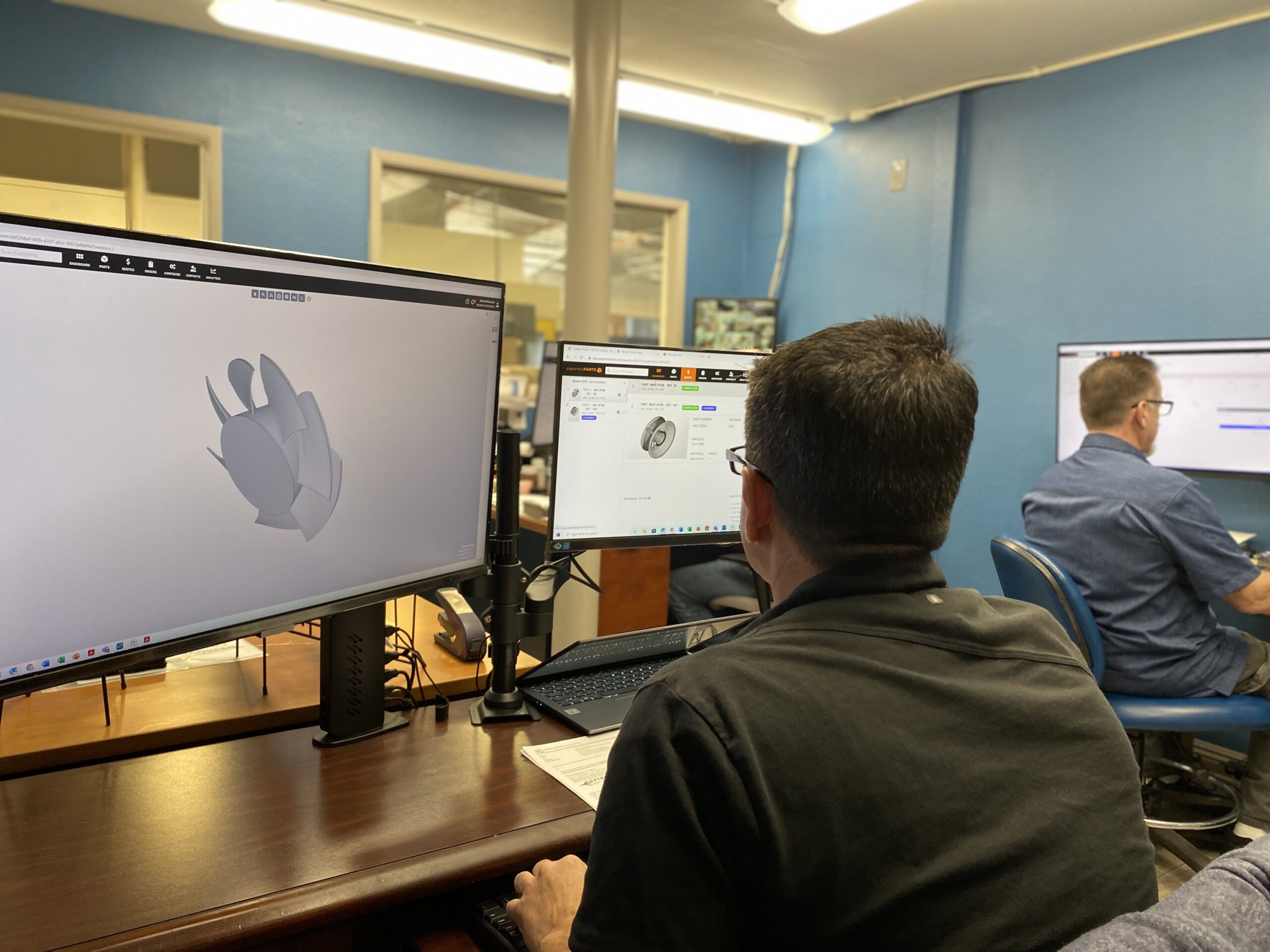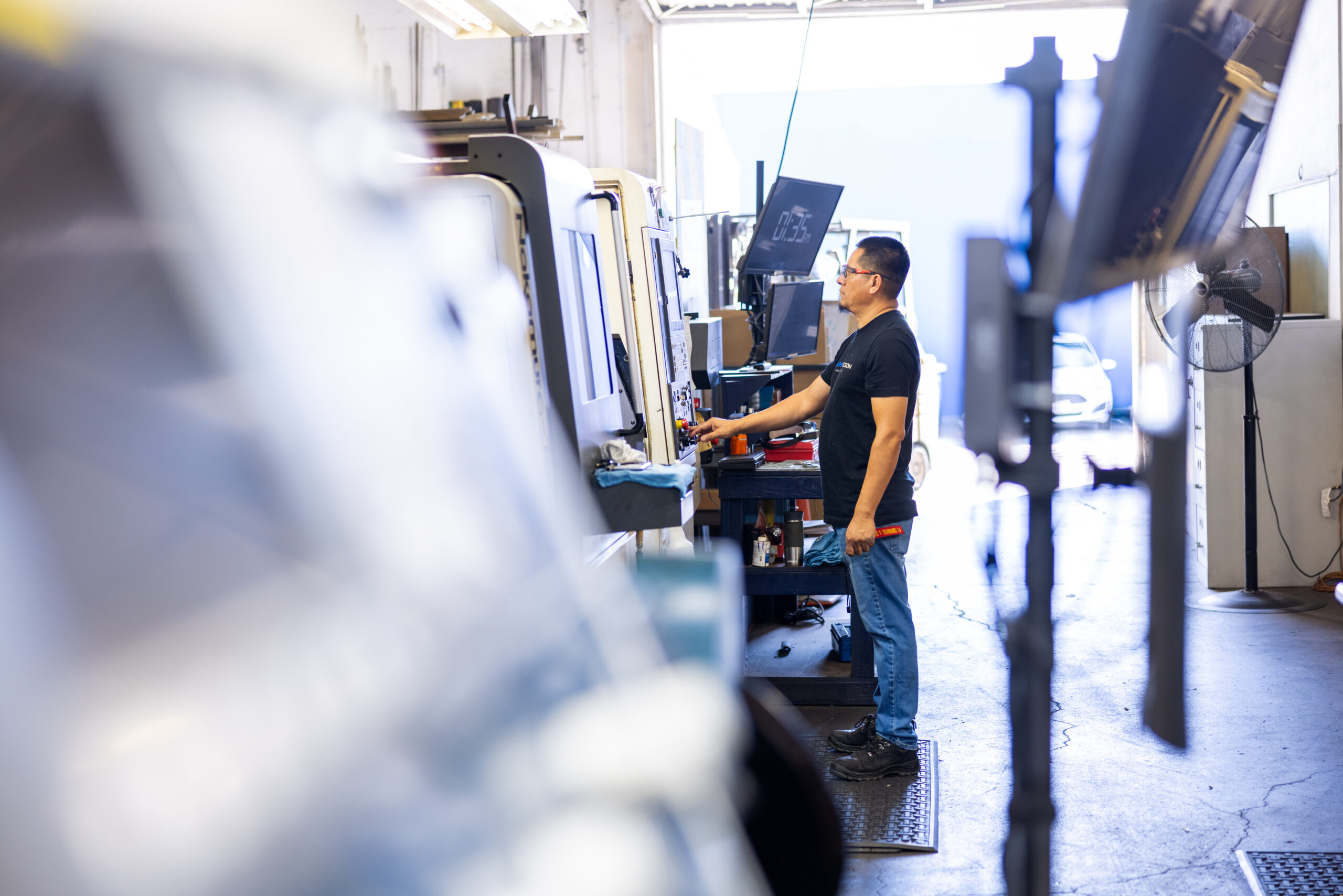CNC machining is an essential technology in most manufacturing processes. Manufacturers can apply subtractive techniques with electronic controls and machine tools to mold and fabricate materials into the required parts.
These machines comprise various machining tools and components, including drilling apparatus, milling apparatus, and turning devices with live tooling capabilities. Live tooling, specifically, has many applications and benefits when used effectively.
What is Live Tooling?
Live tooling uses computer-numerical-controlled devices and the turret of numerous spindle and power-driven, sub-spindle lathes to perform several processes while the workpiece remains in alignment with the focal spindle.
Unlike static manufacturing, live tools often move and turn to meet specifications for the tool manufacturer’s turret assembly. Live tooling is appropriate in manufacturing where finishing, tolerances, and cutter lifespan are critical.
When dealing with live tools, there are several factors you would need to consider:
- Ensure you have sufficient turret stations for all live tools needed for your manufacturing processes. Some lathes have an inadequate number of live stations, so it’s vital to know your precise tooling specifications.
- For conveyance of coolants through live tooling, ensure that the live tool holders are suited for this purpose. If you’re dealing with several exotic alloys, you need a coolant with high psi.
- Note that CNC processes, such as drilling and milling, only occur on the centerline of the X- and Z- axis.
Top Benefits of Live Tooling Lathes
In general, live tooling involves a longer setup and a more complicated program and machine, but the benefits outweigh the extra effort needed.
Faster Fabrication
With live tooling, parts are going to be fabricated faster and with more efficiency. The higher speeds are due to the recent developments in gears and bearings in CNC machining.
Save Your Datum
Usually, any time you move a piece of material from a machine, you lose the datum. With the live tooling lathes, you keep your datum. Another time-saving benefit.
More Accurate
In addition to saving time, live tooling also thwarts possible mistakes because it minimizes the number of lathe tools used during manufacturing. By also mitigating human error, it drives consistency in quality.
Potential Applications of Live Tooling
You can adapt live tooling for various manufacturing processes, including:
1. Milling
Manufacturers can use live tools to eliminate materials from a revolving workpiece by progressing the tool into it. This happens by changing the working head speed and constantly changing direction on one or several axes.
2. Boring
You can use live tools to increase the size and diameter of an already drilled hole in a workpiece while ensuring precision.
3. Drilling
Live tools are used to drill cylindrical holes in workpieces held in a chuck, making it possible to connect or join machined parts or keep them in position.
4. Tapping
Live tools make it possible to cut threads inside a hole or slot on the material to allow the threading of screws into the hole.
5. Turning
Live tools ease turning processes where the material is cut from the external diameter of a rotating workpiece to lessen the workpiece to the specified or required diameter.
Work With Professionals for Your Live Tooling Needs
Ensure you work with experts for your manufacturing needs. Ricaurte Precision is an AS9100D and ISO 9001;2015 certified CNC machine shop that is well versed in CNC processes. We have helped clients in various industries complete their projects successfully for over 35 years.
Contact us for a free consultation on all CNC machining processes and their components.




